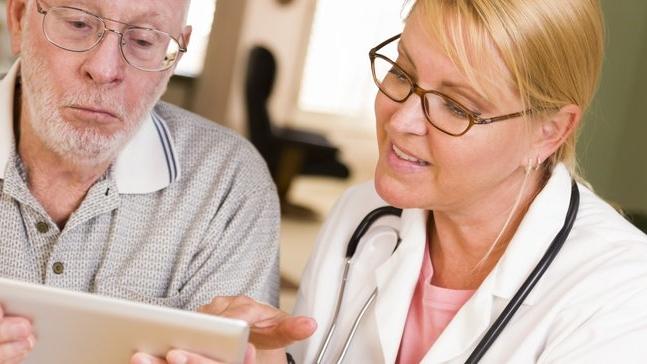
This is a continuation of my previous blog on ‘Communicating with your physician”.
You might ask – isn’t it the physician’s job to diagnose what is going on with me? He is trained and has knowledge on this, while as a patient, you don’t have that knowledge, so, how can you help? However, the body belongs to you and you have been living with it from the time you were born – you know much more about it than your physician. In addition, your family is a wealth of information about all the health issues you are having and you have all that additional knowledge. Your living environment is also full of clues as to what might be causing your health issues.
As a physician once said: “Back in the days, when we physicians used to make house calls, we looked around the patient’s house, the environment, and talked with everyone in the family to find clues.“ Today, you walk in mostly alone to your physician’s office and you have to supply all that information.
1. Full information record: Keep regular records of everything. When an emergency arrives, you will be glad you were keeping them. And this record should have daily inputs such as the food you ate, activities you were doing, sleep, stress etc. so that, in the event something happens and you are not able to talk for yourself, someone who has access to these records can look through them to answer questions such as what you were doing before this event happened.
2. Data vs. knowledge: In the previous blog on “Communicating with your physician”, I discussed the need to keep records and to provide your physicians with data. However, you cannot dumb down all the data for the physician to analyze. They don’t have time and nor will they show any interest in that. I had one old gentleman who told me that he used to take his BP readings every day after he was diagnosed with high BP and at the next visit he presented this to his physician. The physician did not take any interest in even looking at the data. So, instead of taking the data and showing it to him, what you need to do is analyze the data – is there a spike on some days? What could be the reason for it? Is the medication working? Once you have done such analysis, take that to the physician. Some days there is a spike and on days that I eat healthy and exercise the BP comes down. Question for the physician – will my BP come down with just healthy habits? If I can lower it through healthy habits, can I get off the medication? If the physician says there is no way your BP is coming down on days you exercise – then, show him the data. So, now you have converted data in to knowledge and that helps both you and the physician.
3. Knowing your normal levels: It is important for both your physician and you to get an understanding of your normal levels. Normal levels vary from person to person. Resting Heart Rate (RHR), BP, etc., can be different for different people. Keeping notes and records are to find your normal levels and detect departures from them at the earliest (i.e. when the reading is going lower than usual or is higher than usual). In the Fitbit online community, a woman reported her story of how keeping track of Fitbit RHR helped her. One morning her reading was unusually low. At first, she thought something was wrong with her Fitbit. She was also feeling extremely tired. The RHR was not going up to her usual levels even after she did some activities. She then decided to go to the urgent care and check it out. She was glad she decided to check it out, because their tests showed that she was in the middle of a heart attack. So, even if these types of gadgets have high error rates, it is good to know your normal levels—in other words, the pattern of the data is more important than the actual values. And to understand these normal levels, it requires you to track the health factors on a regular (daily) basis.
While writing this article, I realized that it is very difficult to find an image of a patient showing a chart on ipad to the physician!! There are only images for the other way round - physicians with the chart and ipad explaining things to the patient. Nothing wrong with that, but, as knowledgeable digital patients, such as myHESTIA members, might have some information about ourselves on our ipads to show the physician too!
At myHESTIA we help with all of the above 1) help you keep daily records, 2) help you convert your data into knowledge and 3) help you see in graphical form so that you can see your normal levels easily. Pl. contact me at admin@myhestia.org to start using myHESTIA trackers and notes.
More details about myHESTIA and how you can join can be found here myHESTIA and more info on how you can use myHESTIA for self-care can be found in myHESTIA Manual, accessible only to myHESTIA members.
Disclaimer: Please note that myHESTIA is an independent organization, we collaborate with local organizations that provide help and support for aging population.
The information contained in myHESTIA is for educational use only. It should not be used as a substitute for professional medical advice, diagnosis or treatment. myHESTIA DOES NOT ENDORSE ANY PRODUCT, DEVICE OR SERVICE, INCLUDING ANY PARTICULAR MEDICATION OR TREATMENT DEVICE.
© Copyright Dr. Priya Nambisan. All Rights Reserved.